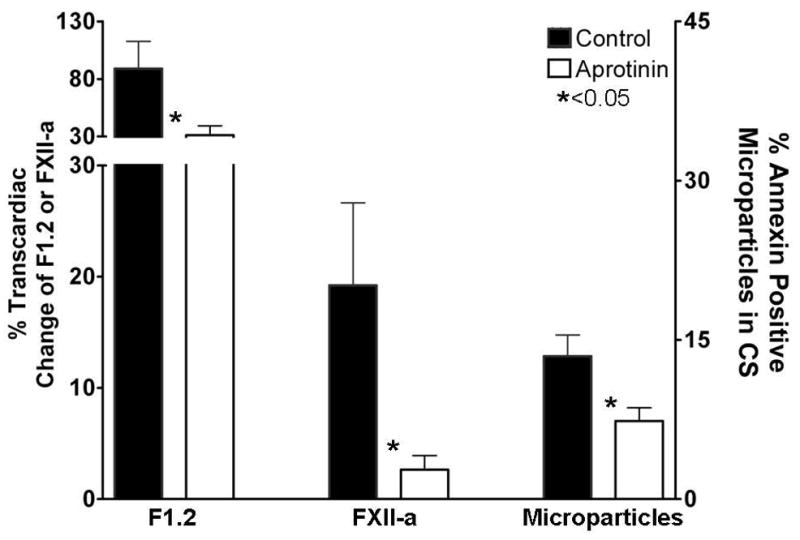Figure 3. Differences in thrombosis markers in the aprotinin and control groups.

Thrombin production and the contact activation pathway were monitored after OPCAB by measuring the trancardiac gradients of F1.2 and FXII-a. Platelet activation within the coronary circulation was assessed by determining the proportion of CD41+, Annexin+ microparticles released from the heart, normalized against the number of platelets in the sample. The aprotinin group showed significantly reduced thrombin formation (F1.2), inhibition of contact activation (FXII-a) and reduced microparticle formation within the heart after OPCAB.
